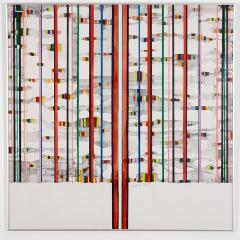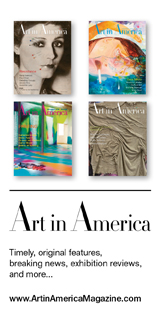The Reality of Color Is Perception: An argument for a new definition of color.
News from the Web
Philosophers have a bad reputation for casting unwarranted doubt on established facts. Little could be more certain than your belief that the cloudless sky, on a summer afternoon, is blue. Yet we may wonder in earnest, is it also blue for the birds who fly up there, who have different eyes from ours? And if you take an object that shares that color—like the flag of the United Nations—and place half in shadow and half in the full sun, one side will be a darker blue. You might ask, what is the real color of the flag? The appearances of colors are frequently changing with the light, and as we move the objects surrounding them. Does that mean that the actual colors change?
All these questions point us to the idea that colors are, despite first appearances, subjective and transitory. Color is one of the longstanding puzzles in philosophy, raising doubts about the truthfulness of our sensory grasp on things, and provoking concerns as to the metaphysical compatibility of scientific, perceptual, and common sense representations of the world. Most philosophers have argued that colors are either real or not real, physical or psychological. The greater challenge is to theorize the subtle way that color stands between our understanding of the physical and the psychological.
My response is to say that colors are not properties of objects (like the U.N. flag) or atmospheres (like the sky) but of perceptual processes—interactions which involve psychological subjects and physical objects. In my view, colors are not properties of things, they are ways that objects appear to us, and at the same time, ways that we perceive certain kinds of objects. This account of color opens up a perspective on the nature of consciousness itself.























